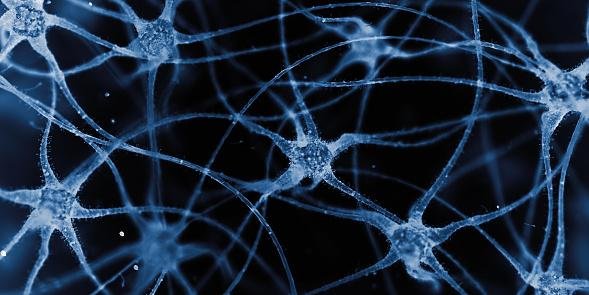Researchers at the Gladstone Institutes, along with the University of California at San Francisco (UCSF), were able to observe in cells. in a laboratory settingand in animal models, Evidence of glucose metabolism by neuronal cells. The research was published in the journal Cell Reports.
According to research, about a quarter of all the energy produced in our body, primarily glucose, is used by the brain.
Despite being widely studied, our brain still holds many surprises, including how brain cells, particularly neurons, receive and use this energy.
It is believed that glial cells metabolize the glucose taken up by the nervous system and break this molecule down by glia, resulting in chemical reactions that “feed” neurons with a substance called lactate.
However, the study points to a new component that suggests neurons can also metabolize glucose on their own.
One of the barriers to the study is the difficulty of producing only neuronal cells. In general, a complete micro-nerve tissue is formed.
But using genetic editing techniques in pluripotent stem cells (which can form any cell in the human body), researchers have succeeded in developing isolated neurons.

The scientists placed beacons on the carbohydrate molecules available to neurons and monitored the reactions using a new imaging method using the hyperpolarized carbon-13 technique developed by UCSF.
To prove the hypothesis, the researchers performed another test in a live model on mice that developed neurons by inhibition of the two proteins.
One is responsible for glucose uptake, and the other metabolizes the molecule.
In animal models, the rodents recorded memory loss and learning ability as they got older. The deficit was predominantly presented by women.

Another discovery was the use of galactose by neurons to guarantee energy when deprived of glucose. However, energy production is much less efficient.
For researchers, this relationship between glucose metabolism by neurons could be the key to new forms of treatment for neurodegenerative diseases such as Parkinson’s and Alzheimer’s.
However, the researchers say more research is needed to understand these relationships more clearly and whether providing more energy could be a protective factor against neurological diseases.
Source: Tec Mundo
I’m Blaine Morgan, an experienced journalist and writer with over 8 years of experience in the tech industry. My expertise lies in writing about technology news and trends, covering everything from cutting-edge gadgets to emerging software developments. I’ve written for several leading publications including Gadget Onus where I am an author.













